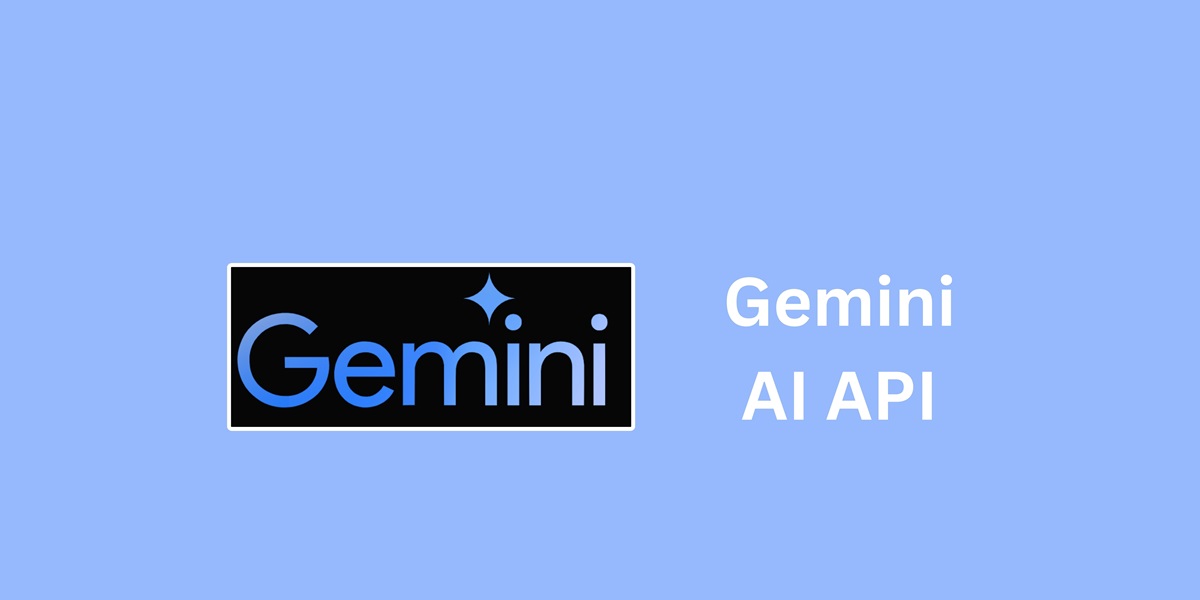Prompt engineering is a critical aspect of designing and refining interactions with AI models. It involves crafting the input prompts to elicit the desired response from the model. This practice is essential for various applications, including chatbots, automated customer service, and content generation. In this blog, we’ll explore In prompt engineering, what are format, length, and audience examples of ?
Format in Prompt Engineering
The format of a prompt plays a significant role in the type of response generated by an AI model. Here are some common formats:
- Question-Answer: Directly posing a question to the model.
- Example: “What are the benefits of using renewable energy?”
- Instruction-Based: Giving the model a clear instruction to perform a specific task.
- Example: “List the top five tourist attractions in Paris.”
- Contextual Prompts: Providing background information to set the context.
- Example: “Given that the climate is changing rapidly, how can cities adapt to become more resilient?”
- Conversation Starters: Initiating a dialogue or continuing an ongoing conversation.
- Example: “Tell me more about the history of artificial intelligence.”
Practical Examples of Prompt Engineering
To further illustrate the principles of format, length, and audience in prompt engineering, let’s look at a few practical examples:
Example 1: General Audience
- Format: Question-Answer
- Length: Short
- Audience: General Public
Prompt: “What are the health benefits of regular exercise?”
Expected Response: “Regular exercise improves cardiovascular health, strengthens muscles, enhances flexibility, and boosts mental health by reducing stress and anxiety.”
Example 2: Experts/Professionals
- Format: Instruction-Based
- Length: Medium-Length
- Audience: Healthcare Professionals
Prompt: “Provide an overview of the latest research on the effects of intermittent fasting on metabolic health.”
Expected Response: “Recent studies suggest that intermittent fasting can improve metabolic health by enhancing insulin sensitivity, reducing inflammation, and promoting autophagy. These effects contribute to better weight management and decreased risk of metabolic diseases such as diabetes and cardiovascular disease.”
Example 3: Students/Educators
- Format: Contextual
- Length: Long
- Audience: High School Students
Prompt: “Describe the water cycle in detail. Explain the processes of evaporation, condensation, precipitation, and collection, and how they contribute to the Earth’s water supply.”
Expected Response: “The water cycle is a continuous process that involves the movement of water on, above, and below the surface of the Earth. It starts with evaporation, where water from oceans, lakes, and rivers turns into vapor due to the heat from the sun. This vapor rises and cools, leading to condensation, which forms clouds. When these clouds become heavy, they release water in the form of precipitation (rain, snow, sleet, or hail). The water then collects in bodies of water, infiltrates into the ground, or is taken up by plants. This cycle ensures the distribution and availability of fresh water across the planet.”
Example 4: Business/Corporate
- Format: Instruction-Based
- Length: Medium-Length
- Audience: Business Executives
Prompt: “Evaluate the potential impact of artificial intelligence on the financial services industry, focusing on risk management and customer service.”
Expected Response: “Artificial intelligence has the potential to revolutionize the financial services industry. In risk management, AI can enhance predictive analytics, allowing for more accurate identification of potential risks and fraud. Machine learning algorithms can analyze vast amounts of data to detect unusual patterns and behaviors, leading to proactive risk mitigation strategies. In customer service, AI-powered chatbots and virtual assistants can provide personalized and efficient service, improving customer satisfaction and operational efficiency. These technologies can handle routine inquiries, freeing up human agents to focus on more complex issues.”
Tips for Effective Prompt Engineering
- Be Clear and Specific: Ensure your prompts are concise and unambiguous to get the most relevant response.
- Consider the Context: Provide sufficient background information when necessary to guide the AI’s response.
- Tailor to the Audience: Adjust the complexity and tone of the prompt based on the target audience’s knowledge and expectations.
- Iterate and Refine: Continuously test and refine prompts based on the quality of responses to achieve optimal results.
Conclusion
Mastering prompt engineering involves understanding the nuances of format, length, and audience to craft effective prompts that yield the desired responses from AI models. Whether addressing a general audience, experts, students, or business professionals, the key is to align the prompt with the needs and expectations of the audience. By following these guidelines and examples, you can enhance the interaction quality and effectiveness of AI-driven applications, ensuring they provide valuable insights and solutions.



